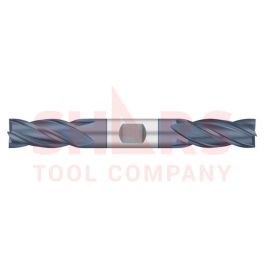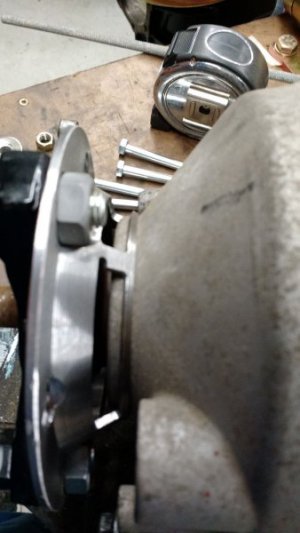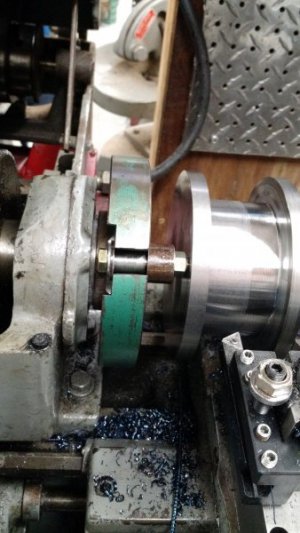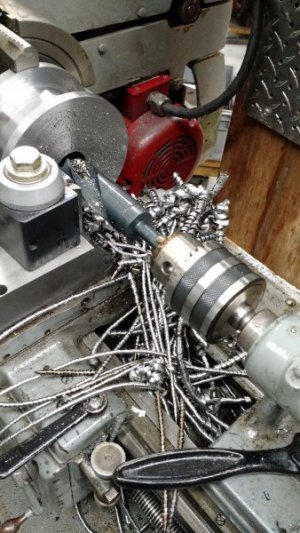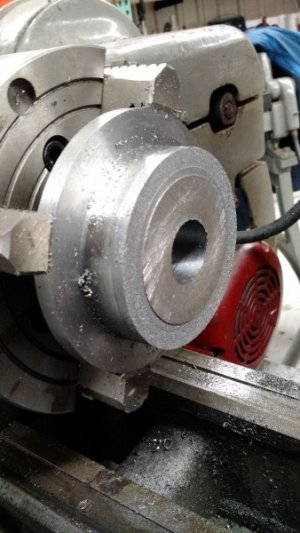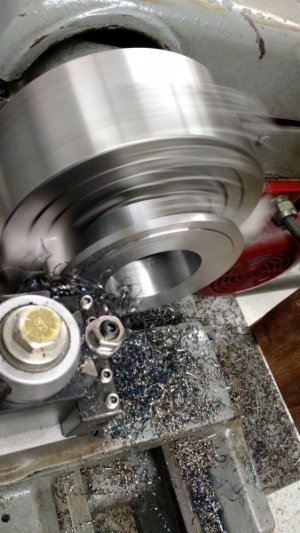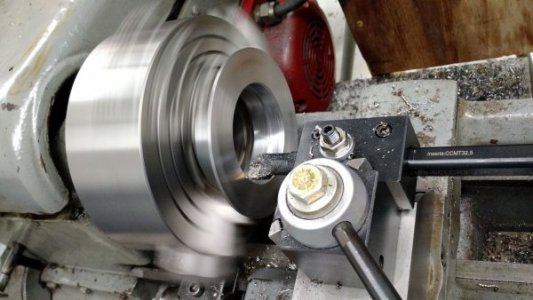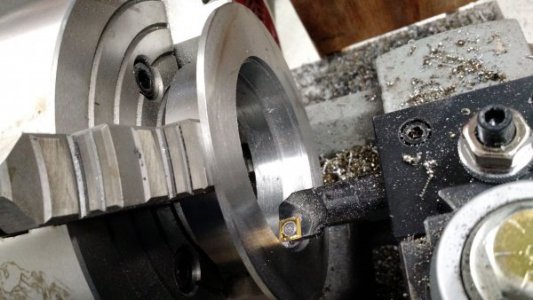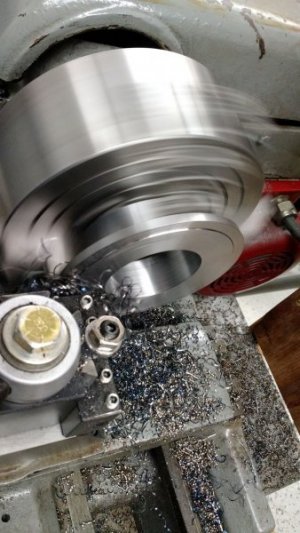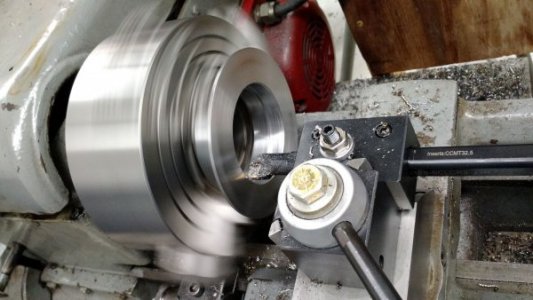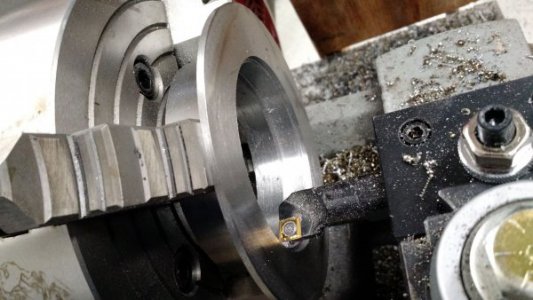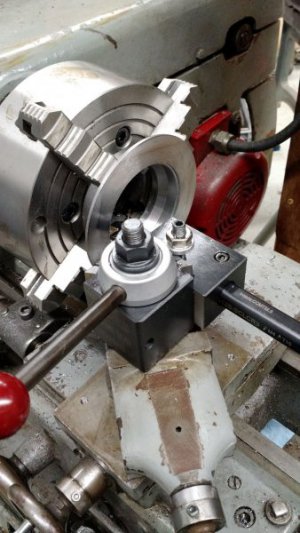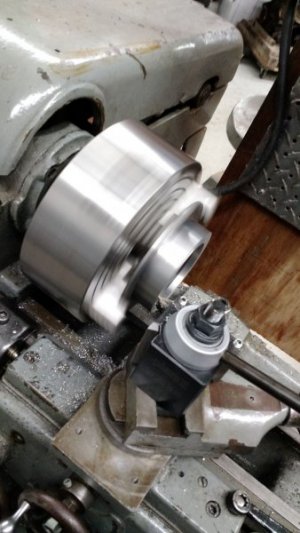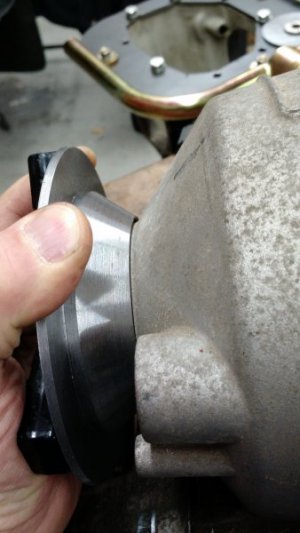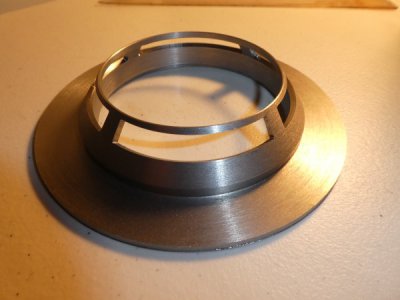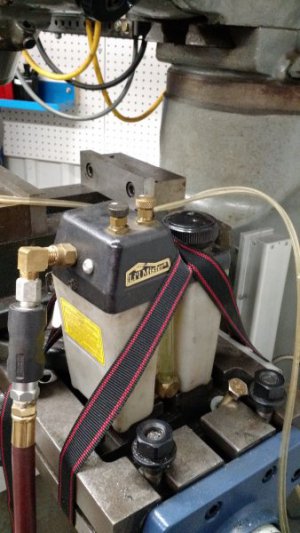- Joined
- Feb 2, 2016
- Messages
- 50
Hello people
I believe this is my first post here. I just completed a job, which is probably the most complex task I have undertaken on the lathe and mill. While the part appears to be usable I did make some mistakes and would like to do it over and hopefully clean up the surface finish in the slots I cut. Attached are some pictures of how I did this along with the finished product. The steel is 1045 hardened to 77KSI Rockwel B90 from Mcmaster.
But it seams no mater what I use A36, 1018 1045, milling a slot is never producing a smooth finish. particularly in this case where I have to hand feed using the rotary table.
The slots in the third picture were cut out using a 1/8" 4 flute cobalt end mill. The material in that area is 0.100in thick so it was done in a single pass by plunging through and then rotating the rotary table by hand. The final product is the edges you see in the pockets of the tone wheel.
Another question I have is about the use of carbide end mills on a Bridgeport milling machine at I am starting to see cobalt in those small sizes less and less available. Will they work on these low speed machines and are they more prone to breakage, as I am certainly not an expert.
For reference the part you are looking at is a tone wheel required to use the stock Mercedes speedometer with an alternate transmission.
Thank You
John
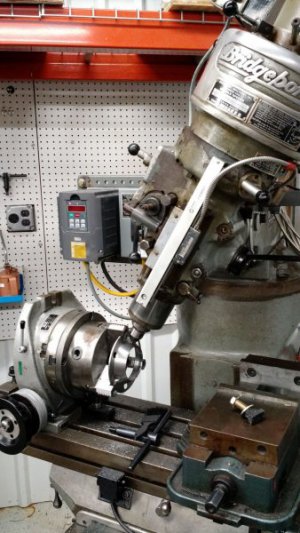
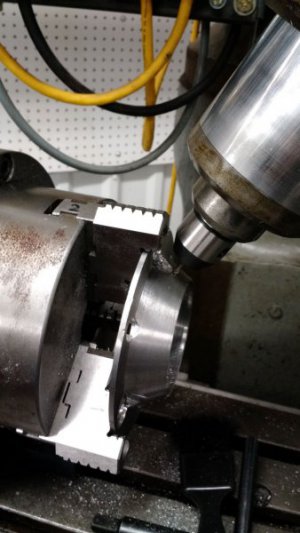
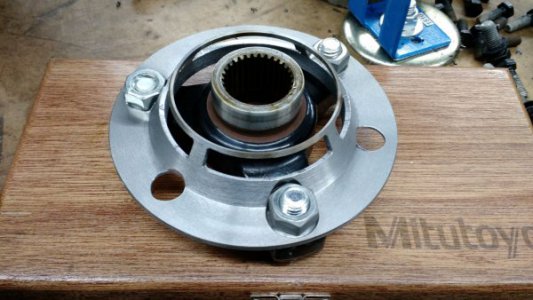
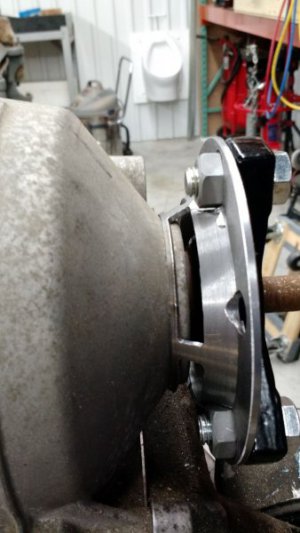
I believe this is my first post here. I just completed a job, which is probably the most complex task I have undertaken on the lathe and mill. While the part appears to be usable I did make some mistakes and would like to do it over and hopefully clean up the surface finish in the slots I cut. Attached are some pictures of how I did this along with the finished product. The steel is 1045 hardened to 77KSI Rockwel B90 from Mcmaster.
But it seams no mater what I use A36, 1018 1045, milling a slot is never producing a smooth finish. particularly in this case where I have to hand feed using the rotary table.
The slots in the third picture were cut out using a 1/8" 4 flute cobalt end mill. The material in that area is 0.100in thick so it was done in a single pass by plunging through and then rotating the rotary table by hand. The final product is the edges you see in the pockets of the tone wheel.
Another question I have is about the use of carbide end mills on a Bridgeport milling machine at I am starting to see cobalt in those small sizes less and less available. Will they work on these low speed machines and are they more prone to breakage, as I am certainly not an expert.
For reference the part you are looking at is a tone wheel required to use the stock Mercedes speedometer with an alternate transmission.
Thank You
John






